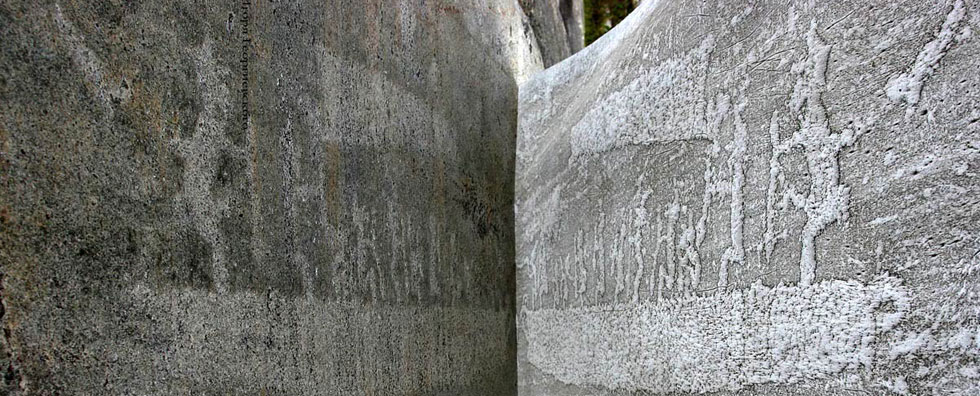
Issue №3, Vol. 22
Panov N., Vasilyev S., Kolesanikov G. Nanostructured additives of shungite and amorphous silicon dioxide in chipboard technology // Resources and Technology. 2025. №3, Vol. 22. P. 138‒161.
DOI: 10.15393/j2.art.2025.8743
Nanostructured additives of shungite and amorphous silicon dioxide in chipboard technology
| Panov Nikolai | PetrSU, supernikola@yandex.ru |
| Vasilyev Sergey | PetrSU, servas@psu.karelia.ru |
| Kolesanikov Gennadi | PetrSU, kgn@petrsu.ru |
|
Key words: particleboard; strength; water absorption; swelling; nanoshungite; amorphous silicon dioxide |
Summary: The aim of the study was to determine the effect of nanoscale shungite and amorphous silicon dioxide addition to the binder used in the production of particleboard on their strength and water resistance. A mixture of softwood and hardwood shavings was used to make samples of particleboards. The mass fraction of rot in wood raw materials was about 20%. During the study nine types of the binder were prepared. A base binder without additives was prepared using standard technology. Amorphous silicon dioxide was used to prepare four types of the binder. Its contents were 0.10 %, 0.25 %, 0.50 %, 1,00 % of the mass of absolutely dry resin, respectively, for each type of the binder. Nanoscale shungite has also been used to prepare four types of the binder. Its contents were 5 %, 10 %, 15 %, 20 % of the mass of absolutely dry resin, respectively, for each type of the binder. For all types of the binder the gelatinization time and viscosity were determined according to a generally accepted method. The samples of particleboard were manufactured using laboratory equipment according to a generally accepted method. In the mixture for their manufacture the binder content was 10% of the chip weight. The particleboard were tested for strength and water resistance using standard methods. The results of the study of the amorphous silicon dioxide effect on the technological characteristics of the binder show that with an increase in its mass fraction from 0 to 1%, the gelatinization time decreased by 12.3%. At the same time, the viscosity also decreased by 21.0%. The results of the study of the nanoscale shungite effect on the technological characteristics of the binder show that with an increase in the mass fraction of this additive from 0 to 10%, the gelatinization time decreased by 5.5%. A further increase in the proportion of nanoscale shungite from 10 to 20% practically did not lead to a change in this indicator. With an increase in the proportion of nanoscale shungite from 0 to 10%, the viscosity of the binder initially decreased by 9.0%, and with a further increase in the additive content to 20%, it practically restored to its original value. The results of the study of the strength and water resistance of particleboard samples showed the presence of optimal additive values. The best performance was achieved at a concentration of amorphous silicon dioxide of 1 wt. %: bending strength increased by 192%; tensile strength perpendicular to the formation increased by 143%; thickness swelling decreased by 27%; water absorption by weight decreased by 34%. The best properties of the particleboard in the case of using nanoscale shungite were achieved when its concentration in the binder was 10 wt. %: bending strength increased by 154%; tensile strength perpendicular to the particleboard increased by 204%; thickness swelling decreased by 32%; water absorption by weight decreased by 62%. All indicators are given in comparison with those of particleboard made using a basic binder. |
Displays: 115; Downloads: 59;




